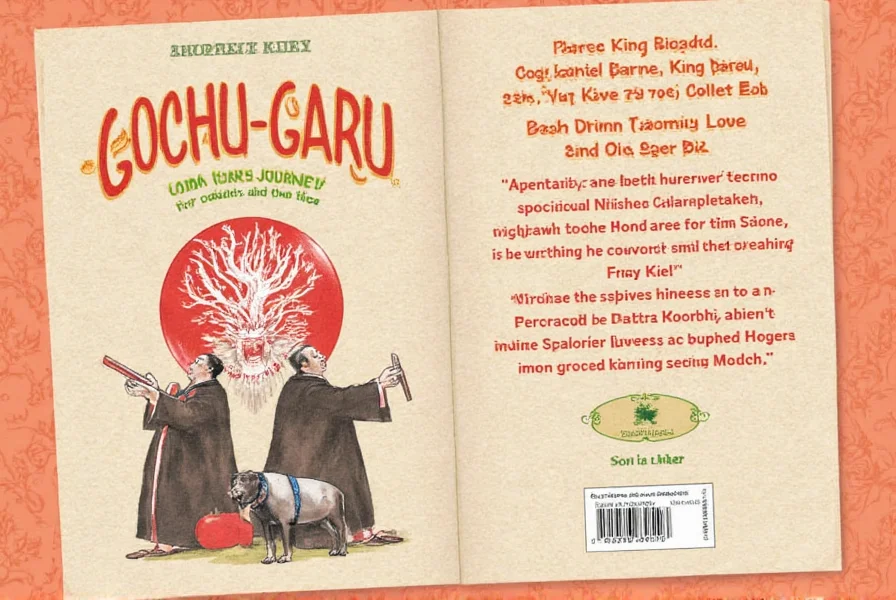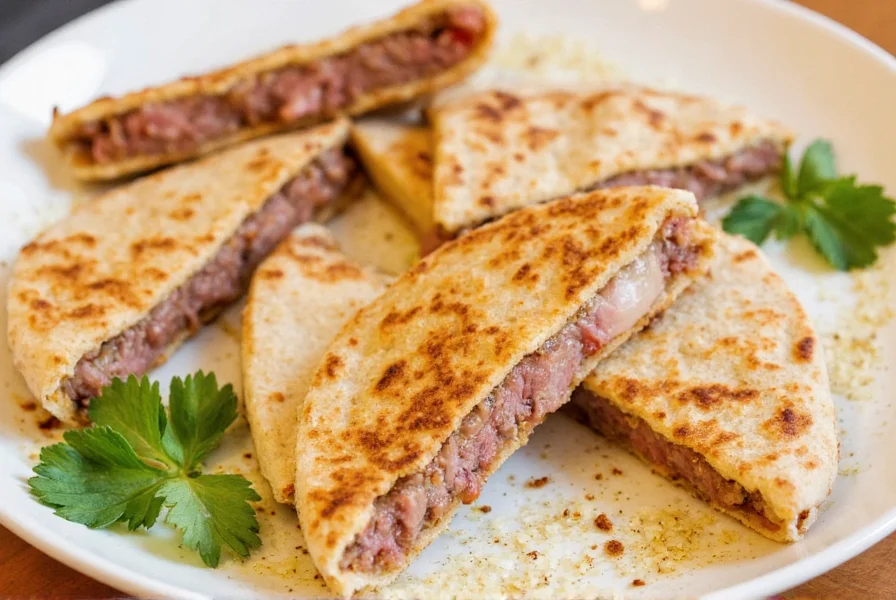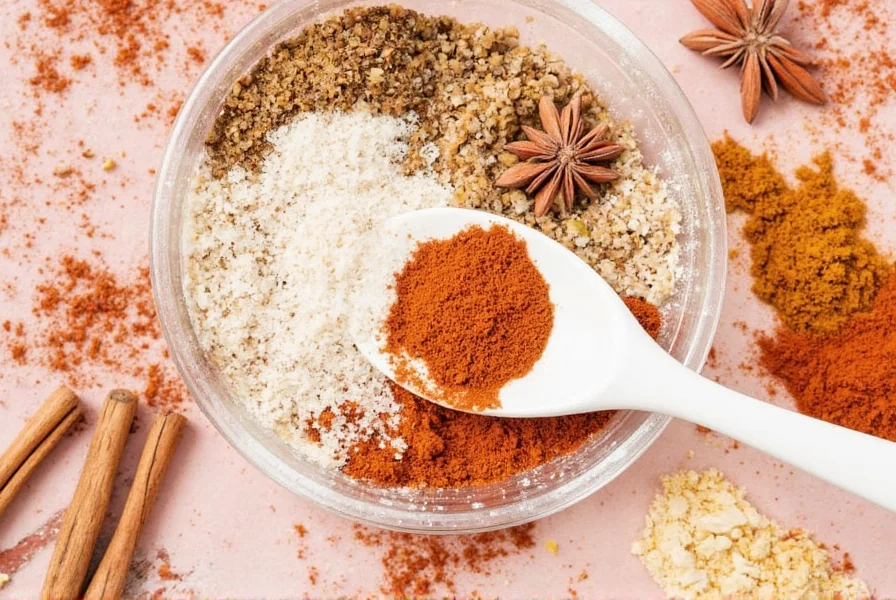Table of Contents
What is Gochu-Garu?
Gochu-garu (고추가루), also known as Korean chili powder, is a fundamental spice made from sun-dried red peppers ground into a fine powder. It delivers a balanced heat (10,000–30,000 Scoville units) with distinct smoky-sweet notes and vibrant red color, essential for authentic Korean dishes like kimchi, bibimbap, and spicy stews. Unlike regular chili powder, gochu-garu is specifically crafted from Korean chili peppers (gochu), providing unique flavor complexity critical to Korean cuisine.

Heat Level and Flavor Profile
Gochu-garu's flavor profile is defined by its moderate heat combined with sweet, smoky, and slightly tangy notes. Below is a comparison of common chili powders:
| Chili Powder | Heat Level (Scoville) | Flavor Characteristics |
|---|---|---|
| Gochu-Garu | 10,000 - 30,000 | Smoky, sweet, slightly tangy |
| Cayenne Pepper | 30,000 - 50,000 | Sharp, pungent, purely hot |
| Paprika | 100 - 1,000 | Mild, sweet, earthy |
| Chipotle | 2,500 - 8,000 | Smoky, earthy, moderate heat |

Essential Cooking Uses
As the backbone of Korean cuisine, gochu-garu is indispensable for these classic applications:
- Kimchi: Provides signature heat and color in fermented cabbage dishes
- Bibimbap: Mixed into spicy gochujang sauce for rice bowls
- Stews (Jjigae): Creates the base for spicy doenjang or kimchi stews
- Marinades: Essential for bulgogi and galbi grilled meats
- Fusion Dishes: Adds Korean flair to tacos, burgers, and pasta sauces

Buying Guide for Authentic Gochu-Garu
When selecting gochu-garu, prioritize these quality indicators:
- Origin: Look for "Korean red pepper" or "gochu" on packaging
- Color: Vibrant red hue indicates proper sun-drying process
- Texture: Fine powder consistency without large pepper chunks
- Aroma: Sweet-smoky scent (avoid musty or stale smells)
- Ingredients: Should contain only dried red peppers (no additives)

Storage and Usage Tips
- Storage: Keep in airtight container away from light and moisture (best in refrigerator for long-term freshness)
- Measurement: Start with 1 teaspoon per dish and adjust to taste (heat varies by brand)
- Pairings: Combine with soy sauce, garlic, ginger, and sesame oil for balanced Korean flavors
- Substitution: For authentic Korean recipes, avoid regular chili powder (use 2 parts paprika + 1 part cayenne + pinch of sugar as last resort)
- Shelf Life: Maintains peak flavor 1-2 years when stored properly; lose potency after this period

Frequently Asked Questions
What is the difference between gochu-garu and gochujang?
Gochu-garu is a dried chili powder, while gochujang is a fermented paste made from gochu-garu, glutinous rice, soybeans, and salt. Gochu-garu provides heat and color, while gochujang adds complex sweet-spicy depth with umami. They're often used together but serve distinct roles in Korean cooking.
Can I substitute regular chili powder for gochu-garu?
For authentic Korean dishes, no. Regular chili powder lacks the signature smoky-sweet notes of Korean red peppers. As a last resort, mix 2 parts paprika + 1 part cayenne + pinch of sugar, but expect flavor differences. Authentic recipes require genuine gochu-garu.
How hot is gochu-garu compared to other chili products?
Gochu-garu ranges from 10,000–30,000 Scoville units—milder than cayenne (30,000–50,000) but hotter than standard paprika (100–1,000). Its heat is balanced by noticeable sweetness and smokiness, making it versatile for various dishes without overwhelming them.
Does gochu-garu expire?
It doesn't expire but loses potency over time. Properly stored in an airtight container away from light and moisture, it maintains optimal flavor for 1-2 years. Signs of degradation include faded color, diminished aroma, and reduced heat level.
Is gochu-garu gluten-free?
Pure gochu-garu made from only dried red peppers is naturally gluten-free. However, some commercial blends may contain additives or be processed in facilities with gluten. For celiac disease or gluten sensitivity, choose certified gluten-free varieties or check ingredient lists carefully.
Can I make gochu-garu at home?
Yes, but it requires specific Korean red peppers (gochu). Dry peppers completely, then grind into fine powder using a spice grinder. Traditional sun-drying develops characteristic sweetness and smokiness. For best results, use Korean pepper varieties—other chili types won't replicate authentic gochu-garu flavor.












 浙公网安备
33010002000092号
浙公网安备
33010002000092号 浙B2-20120091-4
浙B2-20120091-4